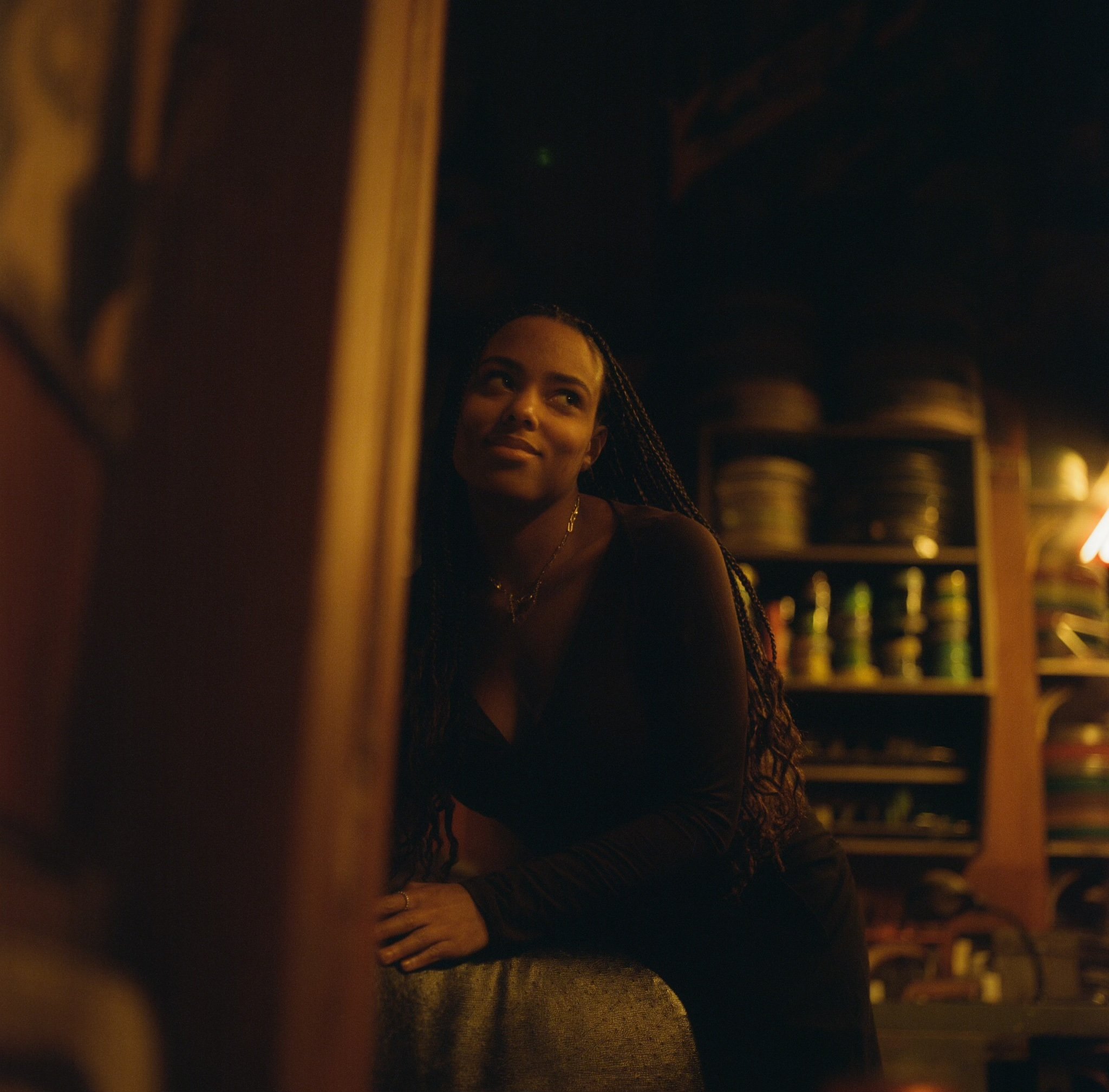What It's Like to Be a Stand-In on a Film Set
What is a Stand In?
The role of a stand-in or photo double is one you may not have heard of unless you've spent time on a film set, but it’s an integral part of the production process. When I first started in the industry, I didn’t know much about it either. A stand-in essentially substitutes for the principal actor during the setup phase, ensuring the camera, lighting, and audio equipment are properly prepared before the main actor steps in. The stand-in’s job is never to be on camera, but without us, the technical crew would struggle to get everything just right.
Because of my petite frame, I have the flexibility to stand in for both kids and adults. Stand-ins are used for a variety of tasks, such as camera blocking, lighting tests, and rehearsals, helping the crew set up the scene without wasting the actor's time.
Being a Stand-In Can be a Game-Changer for Emerging Actors
While the role of a stand-in may not seem glamorous, it comes with plenty of benefits.
One of the most valuable aspects of being a stand-in is that it gives emerging actors the chance to observe professionals in action. You’re on set every day, you’re surrounded by actors, directors, and crew, and you can pick up insights and techniques that can help improve your own craft. Plus, you’re able to network with people in the industry, which can open doors to future opportunities.
Some of the projects I’ve worked on as a stand-in include Pretty Little Liars: Summer School, Love Brooklyn, and Rob Peace. These experiences have not only expanded my career but also taught me about the hard work and precision required to bring a script to life.
What is a Typical Day on Set?
My call time is different every day, so I like to arrive about 20–40 minutes early. This gives me time to eat a quick breakfast and highlight the lines for the character I'll be standing in for.
Upon arriving on set, I’m given tape with my name on it, and I receive the "sides" or call sheet for the day. The sides tell me which scenes I’ll be working on, how many setups there are, and any other specifics for the shoot. It’s always good to be prepared, so I spend some time reviewing the material for the day.
Lunch is about six hours after breakfast. Film sets are known for offering amazing food — it’s one of the perks of the job! After lunch, we continue working on camera setups, blocking, and rehearsals.
During the day, the pace can vary. Some scenes take longer to set up, while others may be shot in a matter of minutes. As a stand-in, we move quickly and adapt to whatever the crew needs. On-location shoots, I always make sure to dress appropriately for the weather — exterior shoots can be unpredictable. And when working in big cities, I prefer to carry a small fanny pack to keep my essentials with me. There’s no time for carrying a large bag around!
Flexibility is Key
In the film industry, schedules are unpredictable—wrap times can vary, and plans can change in an instant. But if you can adapt and stay ready for anything, being a stand-in can be an incredible opportunity.
So whether it’s a stepping stone to other roles or a long-term path, standing in allows you to learn, grow, and be part of the magic of filmmaking.
Austin Brown is a SAG AFTRA actress based in Brooklyn NY. While auditioning for principal work, her day jobs are a stand in and Photo double for T.V Shows, Movies and commercials. In her Free time Austin enjoys running marathons, doing pilates, and shopping. Before discovering the film industry, Austin graduated with two business degrees from the Fashion Institute of Technology.



